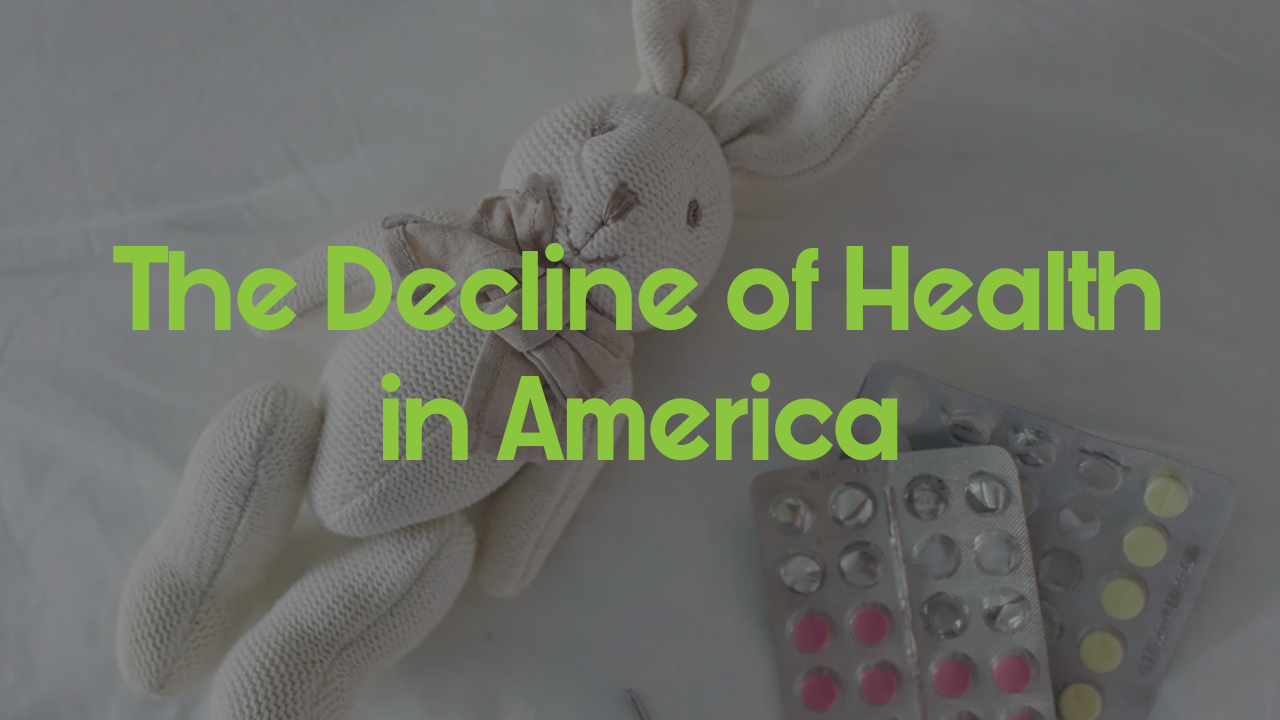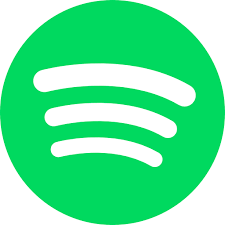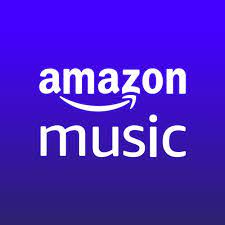The Decline of Health in America

As civilizations progress over time and technological advances give way to improved standards of living, one would think that human health, longevity, and individual well-being might follow the same trend. With the United States poised as a leader of industry, medicine, and science, it is not unreasonable to assume that the country would yield a better overall way of life in terms of personal health.
The alarming reality, however, is that Americans actually show a gradual decline in their health over the past several decades, with increased rates of chronic disease and terminal illness.
This may seem paradoxical considering the amount of time, money and research spent on pharmaceuticals and healthcare, yet the statistics all point to one undeniable truth – the average American’s health is considerably poorer compared to other countries of similar economic standing, and is actually in a worsening condition that shows no signs of improvement in the near future.
1 | Disease rates on the rise
Interestingly enough, the increase of chronic disease in Americans is not isolated to a single illness of which a cause or source can be attributed to; cancer, arthritis, chronic obstructive pulmonary disease, coronary heart disease, asthma, diabetes, hepatitis, hypertension, and kidney failure are just a few of the most commonly diagnosed and prevalent diseases that Americans live with.

The Center for Disease Control (CDC) reports that over half of all adults in the United States have been diagnosed with at least one of these chronic illnesses, and nearly 30% of the adult population manages multiple chronic diseases.
This figure is in line with a steady increase of multiple disease diagnosis in Americans, from 21.8% in 2001, 26.0% in 2010, 25.5% in 2012 and 27.2% in 2018.
Adults are not the only case for rapid rates of disease cases in America, as over 40% of children in the U.S. have also been diagnosed with a chronic illness, while over 50% of children are considered obese.
Food allergies, Type 1 diabetes, inflammatory bowel disease, celiac disease and neuro-developmental Illness (such as ADHD and autism) are all on the rise for American children, with mixed opinions on the reasoning or origin.
2 | Increasing healthcare costs and spending
Healthcare in America is a regularly-debated topic among citizens and policy makers alike, largely due to the ever-increasing costs of pharmaceutical prescriptions, hospital visits, and quality treatment, as well as the high cost of medical insurance. Given the trillions of dollars spent on healthcare annually, one would expect a return on investment, as it were, in the form of better health outcomes.
In fact, the life expectancy for U.S. citizens prior to the Covid-19 pandemic was the lowest out of 11 other higher-income countries.
Even though the United States spends more on pharmaceutical drugs, and represents 30-40% of the global pharmaceutical market, the rising disease rates beg the question – are pharmaceuticals contributing to human health in America? Is the current healthcare model improving health of our citizens?
The people appear to have spoken. A 2015 Harvard survey reported that 75% of its participants felt the interests of the pharmaceutical industry are not centered around human health, but solely in their own profits and financial gain.
While many of the aforementioned disease are linked to lifestyle, food choice and personal habits, a disconnect appears to exist between the intended “solutions” for these illnesses related to western healthcare and the lack of effectiveness that pharmaceutical medicine presents based on the statistical rise in disease.
3 | What is the solution?
It is clear that our current model for "health" in America is not working. We are getting sicker even as we pay more. Small wonder then that about half of Americans have tried some form of "alternative medicine" such as chiropractic, acupuncture, energy therapies and herbal solutions, or that fully 20 percent of Americans use alternative medicines in place of conventional medicine.
According to one survey, 66 percent of consumers want to see alternative medicines covered by their insurance, while 72 percent try to avoid any medication whatsoever whenever possible.
The demand for an alternative to the current broken system is on the rise, especially among the younger generation, with 67 percent of Gen Zers using alternative medicines compared to just 44 percent of baby boomers.
While there is reason to find hope in a tide shift towards alternative modalities, without a full examination into the root causes of our rising disease rates we run the risk of replacing one profit-driven system for another, of reassigning accountability for our health from a conventional health practitioner to an alternative one.
Alternatives exist because one size does not fit all, and many report positive outcomes, without side effects, from using alternative treatments over conventional ones.
But true health must start with the individual, and any alternative approach that does not restore agency and accountability to the individual – or aggressively seek to discover root cause – should be used with caution.









